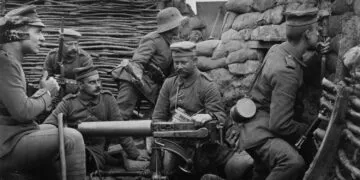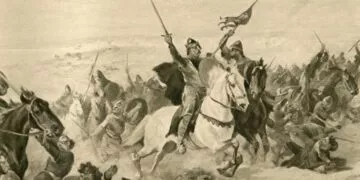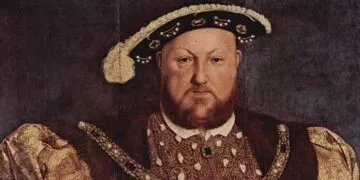Queen Elizabeth II is the longest-reigning British monarch in history, having reigned over the Commonwealth since 1952!
The world has certainly changed during her time as the Queen of the United Kingdom and the Commonwealth.
Reigning throughout World War II, she witnessed the change to the metric system, the currency of the United Kingdom, and has seen the world’s population increase almost threefold!
The Queen has used her unique position to promote peace and charity in everything she does.
This has led to her being one of the world’s most well-known, admired, and influential women in history.
Queen Elizabeth II’s good works are no secret to us all but do lead many to believe she is merely a figurehead. Here are ten powers that the Queen has.
Queen Elizabeth II can travel without a passport.
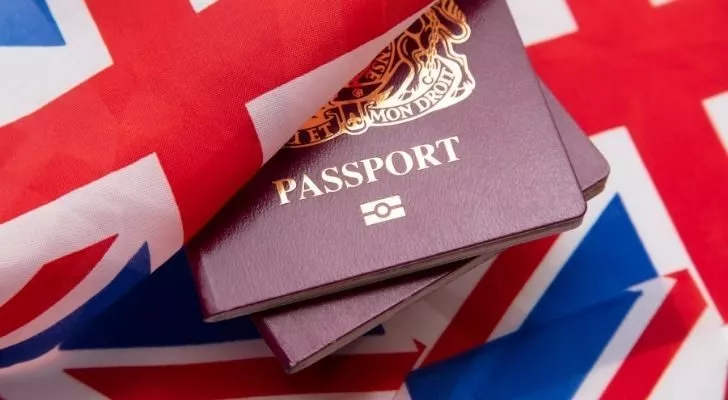
When traveling overseas, Queen Elizabeth II does not require a British passport.
As all British passports are issued in the name of Her Majesty, it wouldn’t make much sense for her to issue herself one!
Other members of the Royal Family, such as the Prince of Wales, still require a passport to travel overseas.
With well over 60 million people living in the United Kingdom, the Queen is unable to issue such a large quantity of passports each year.
She now has several ministers working to issue all passports on her behalf to solve this issue.
The Queen traveled to over 120 different countries on almost 300 foreign trips; she’s certainly making the most out of being the only person in England who can travel passport-free!
The Queen doesn’t need a driver’s license.
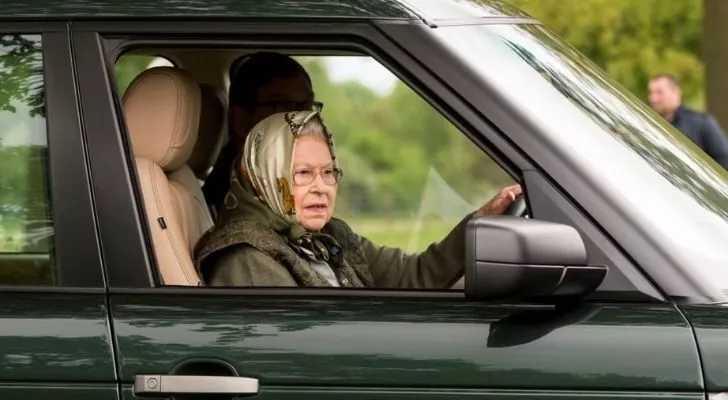
Like passports, British driving licenses are also issued in her name only. This means that she is able to drive without the need for a driver’s license.
She began driving when she was just 19 years old, back in 1945. Even at this young age, she knew her way around a car.
When she turned 18, she joined the Auxiliary Territorial Service during WWII and trained as a truck driver and a mechanic.
Although she is often driven around by selected members of her Royal staff now, it’s not uncommon for her to drive herself on her own private land or find a nice place to take her Corgies for a walk.
The Queen is the only person to have the power to appoint the elected Prime Minister for the UK.
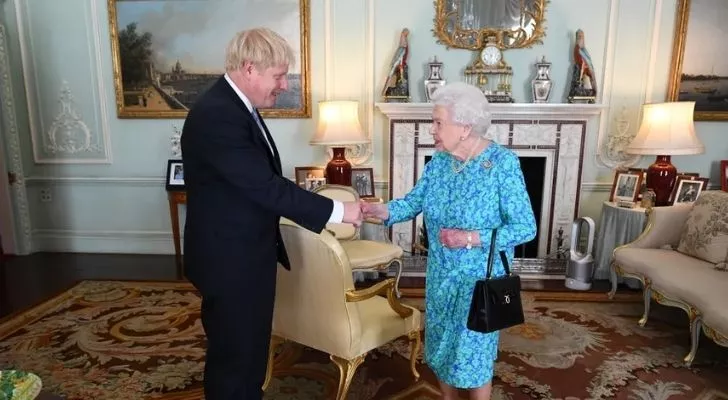
As the Head of State, Queen Elizabeth II must remain neutral on any political matters.
Whilst having the right to vote – or stand – in any election, she still maintains her neutral stance.
Why is this? The Queen is responsible for appointing the Prime Minister after a general election or resignation.
She chooses the candidate with the most support from the House of Commons.
During Queen’s reign, there have been 14 British Prime Ministers and 14 US Presidents, 13 of whom she has met in person.
The Queen has the power to veto any bill passed through Parliament.
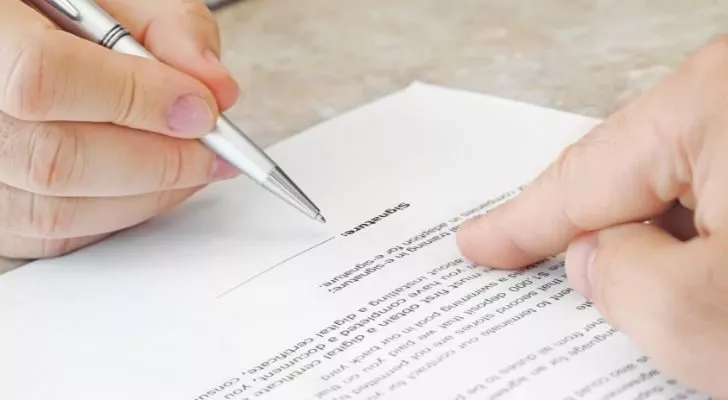
Parliamentary bills follow a strict path through the upper and lower houses, which conclude with royal assent.
This means that the Queen must approve a bill before it becomes law.
If she disapproves? It’s simple; it doesn’t become law!
Whilst Queen Elizabeth II can veto any bill that comes her way, an occasion has never arrived where she has needed to invoke her power.
In fact, the last time such power was used was in 1708 when Queen Anne withheld her support for a bill to restore the Scottish militia.
Queen Elizabeth II has the right to claim ownership of all unmarked mute swans swimming in open waters.
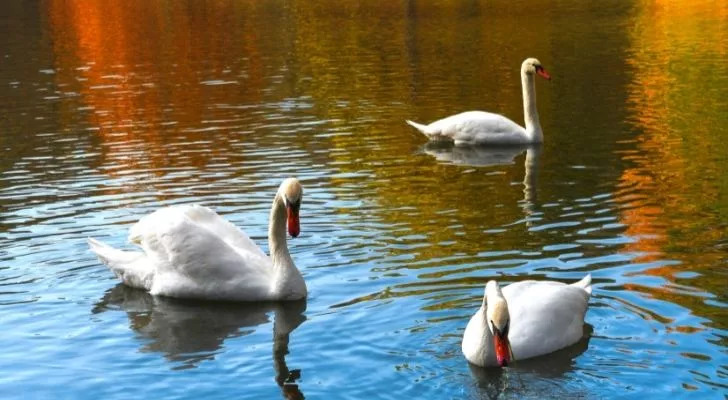
This one may sound a little odd compared to the rest of her powerful capabilities on this list, but it’s why we have chosen to include it!
The right to claim ownership of all unmarked mute swans in open waters can be dated back to the twelfth century! Back in these times, swans were often used as prized food, often served at banquets and feasts.
Back then, if you injured or killed a swan without permission from the monarch, you could face severe penalties for your actions.
Stealing a swan egg alone could land a hefty sentence of one year and a day in prison.
The monarch’s rights of ownership of swans were often granted to people by the monarch.
As of today, there are only three organizations that have retained their right of ownership of mute swans.
Abbotsbury Swannery was granted the right of ownership way back in the fourteenth century. Two London livery companies, the Vintners and the Dyers, have held similar rights since the fifteenth century.
Today swans are no longer eaten by the British public and have become a protected species. So you may be thinking, is this now a dead law? Well, not exactly.
The law relating to the ownership of mute swans isn’t specific to live birds alone.
Dead swans also fall under this protection, and therefore anyone wishing to use a swan for taxidermy or educational purposes must receive permission from The Queen’s Swan Marker.
You are forbidden to sell the dead swan for profit if your wish is granted.
The Queen has the ability to grant a “Royal Pardon.”
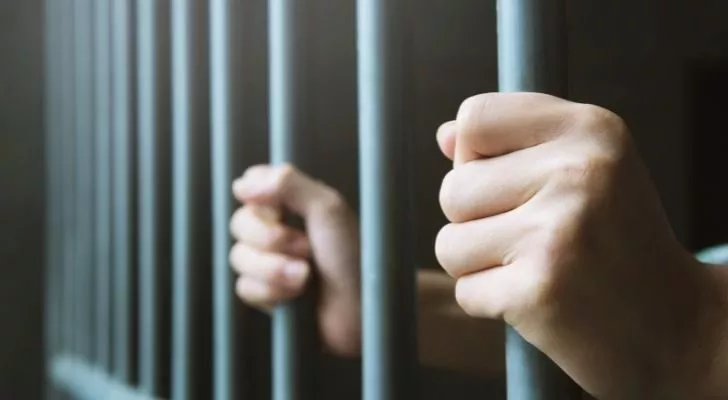
Queen Elizabeth II has the power to give anyone a “Royal Pardon” to anyone convicted of a crime or to shorten their sentence.
The original purpose of a Royal Pardon was to provide an exemption from the now-abolished death penalty.
With this being said, in 2001, the Queen used her power to shorten the sentences of two inmates in HMP Prescoed (A prison in the south of Wales) after they saw a wild boar attacking a person working in the jail and jumped in to help him.
The heroic acts of these two men saved the life of the farm manager
For this, the Queen granted them a lesser sentence, and they were both released early from prison.
A more recent example of the Queen exercising this power was in 2013 when she granted Alan Turing (The father of modern-day computing) a posthumous royal pardon — a pardon after the man’s death in question.
Alan Turing was a computer pioneer and codebreaker during WWII. His amazing work on the Enigma Machine provided vital assistance to the Allies during the war.
Sadly, Alan Turing was convicted of homosexuality, and his security clearance got revoked. He was then placed under house arrest.
Alan Turing died in 1954 from cyanide poisoning.
The Queen Has The Power To Command the Armed Forces.
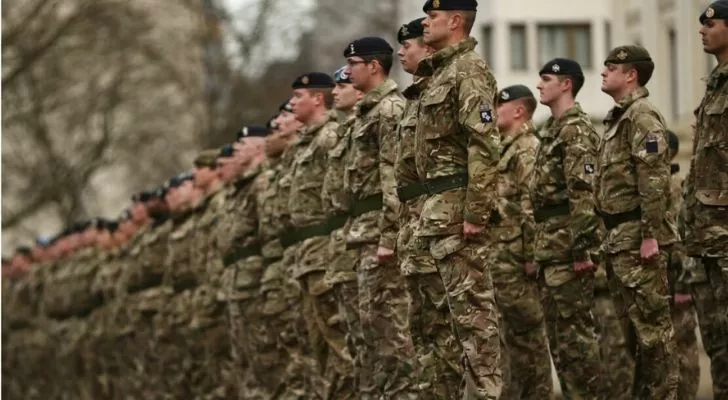
In 1945, the Queen, who was a Princess at the time, joined the Auxiliary Territorial Service, becoming the first female member of the Royal Family to join the Armed Services full time.
Since then, the Queen has maintained her close relationship with the Armed Forces.
All soldiers within the British Armed forces are under the command of the Commander-in-Chief — The Queen.
She can commission and remove officers within the armed forces and can take leading roles in all military operations.
In practice, she has little to do with the military, and offloads the responsibility onto the Prime Minister, the Secretary of State for Defence, and other officials.
So what powers does she have in relation to the armed forces?
- She has the power to commission officers into the Royal Navy, British Army, and the Royal Air Force.
- She can use the armed forces to support the police in keeping the peace during times of civilian authority.
- Able to regulate the trade with enemies.
- She has the right to claim a “Prize” – meaning enemy ships or goods that have been captured out at sea.
The Queen is the only person in the UK who can declare war on another country.
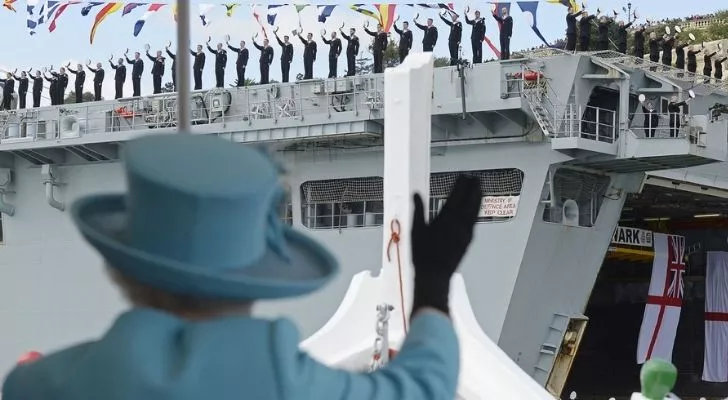
Whilst being the Commander-in-Chief, Queen Elizabeth II is the only person in the United Kingdom that has the power to declare war on other countries.
The last time such power was used was by King George VI, during World War II.
In 1999, the Queen refused to give her consent for the “Military Action Against Iraq (Parliamentary Approval) Bill” to be debated within Parliament.
This meant that the UK was unable to go to war with Iraq.
What one says goes!
The Queen cannot be arrested.
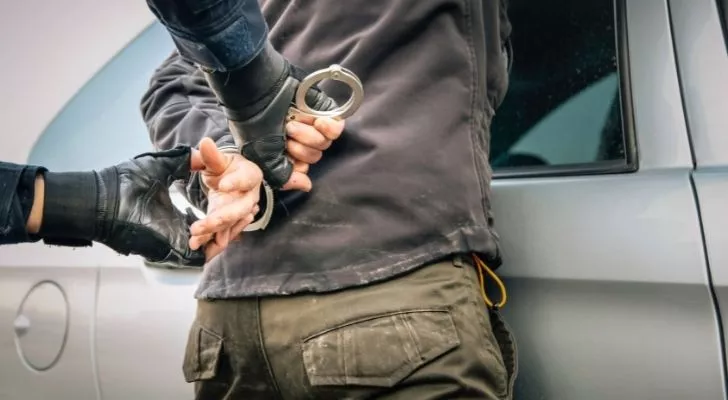
That’s right, the Queen cannot be arrested in the United Kingdom! This is very similar to why she doesn’t need a passport or a driver’s license.
The explanation is that justice is carried out under her name.
When a criminal case is taken before the court, the cases are cited as R vs. the defendant.
In the case of Queen Elizabeth II, the R stands for Regina, Latin for Queen.
If the defendant is found guilty, they could be looking at spending time in Her Majesty’s prison service.
You could not have the Queen vs. the Queen in one of her courts and then send her to her own prison!
The Queen has two birthdays.
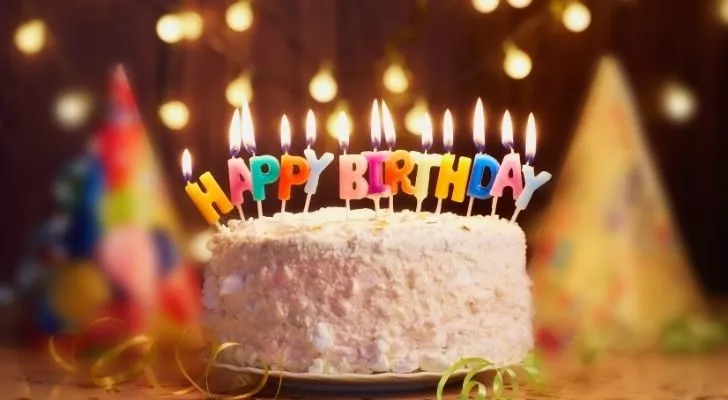
Not quite a power, but something that certainly needs mentioning!
Queen Elizabeth II’s birthday is celebrated on the second Saturday in June. However, she was actually born on April 21, 1926, in Mayfair, London.
Her “official birthday” is celebrated with other members of the Royal Family at the Trooping the Colour parade.
This parade has marked the official birthday of the British Sovereign for well over 250 years now!
This spectacular parade consists of over 1400 soldiers, 200 horses, and 400 musicians!
People from all over the world flock to the streets of London to be a part of the celebrations.
Her actual birthday is a much quieter affair, with a 41-gun salute in Hyde Park, a 62-gun salute at the Tower of London, and a small 21-sun salute in the Windsor Great Park.
She usually celebrates this birthday with her close family, and sometimes even has a walkabout outside the Windsor Castle, greeting fans, and collecting her birthday cake!
If you had a choice, which of these powers would you like to have? Would you opt for two birthdays each year, with gun salutes and a marching band too?


